Liosa F
Content Writer (I love technology, learning, growth, and building connections. This passion has driven me to become a writer, using the power of words to communicate and assist the progress of enthusiasts.
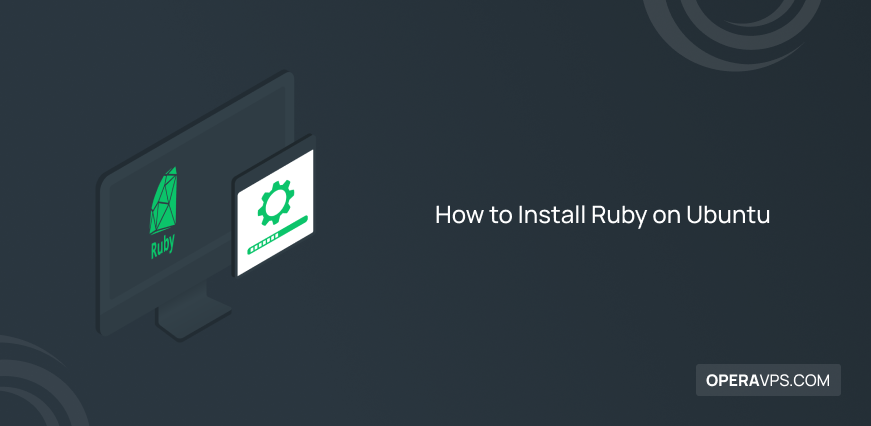
How to Install Ruby on Ubuntu
Ruby is one of the most popular open-source, object-oriented, dynamic, and general-purpose programming languages, which is very similar to a spoken language due to its simple syntax. The advantages of the Ruby programming language have made it popular among developers in various fields such as web/application development, data analysis, and memory management. The most important […]

How to Create Swap Space in Linux
The operating system moves programs to the main RAM to run them. Modern operating systems can support the simultaneous execution of several background services and programs, but due to the limitation of the system’s main memory, users usually face problems when running several programs. This disorder happens because the memory required to run programs simultaneously […]
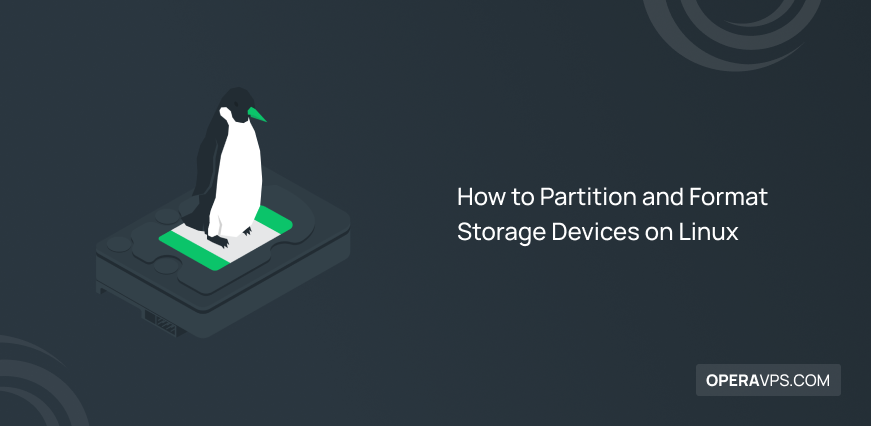
How to Partition and Format Storage Devices on Linux
Partitioning and formatting storage devices in Linux is one of the key tasks of Linux system administrators to better manage the operating system. Linux administrators perform formatting and partitioning processes to perform tasks such as managing available Storage Devices space, erasing and modifying file systems, preparing storage media for use, fixing errors, or deleting data.

Caddy vs Nginx vs Apache
Web servers are computer software that receives user requests entered in a web browser through HTTP network protocols or its secure type, HTTPS (created for distributing web content), and after processing the user’s request, it responds to the form of relevant documents to the users. Protocols such as HTTP enable communication between the Service Providers […]
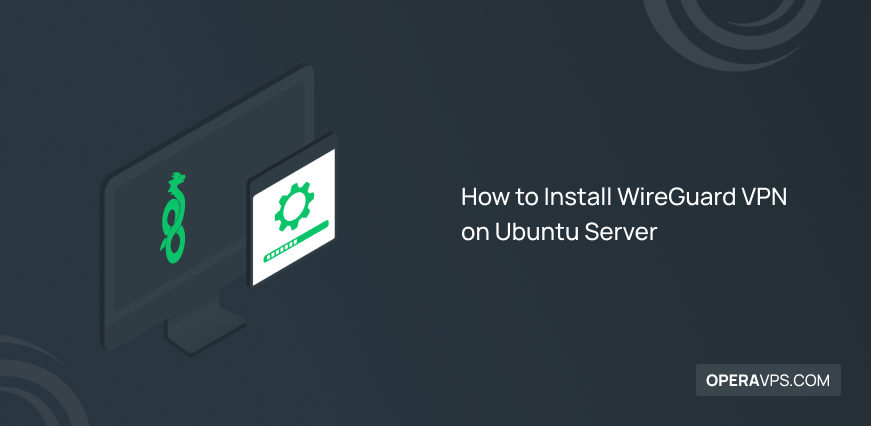
How to Install WireGuard VPN on Ubuntu Server
Installing and setting up WireGuard VPN on Ubuntu server is an efficient method for enhancing online security, protecting privacy, and maintaining anonymity on the internet. The installation steps for WireGuard VPN on Ubuntu can be summarized as follows: Update Ubuntu Server Repository Install WireGuard Ubuntu Generate Key Pairs Configure WireGuard on the Server Enable IP […]
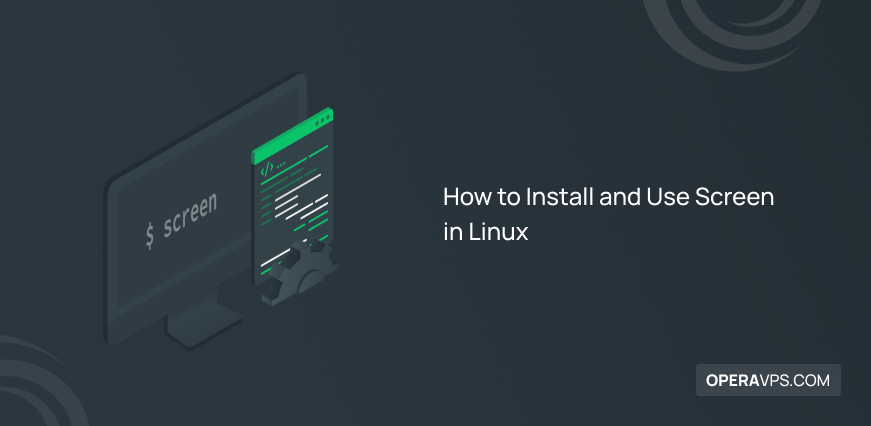
How to Install and Use Screen in Linux
Linux VPS is mostly managed through the terminal environment. All Linux VPS administrators are looking for solutions for better productivity and efficiency. Installing and using Screen in Linux has recently become common among Linux VPS developers and Sysadmin.
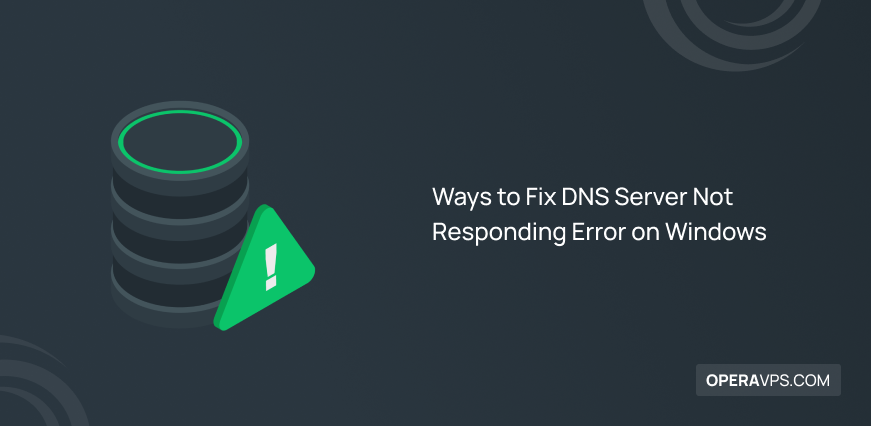
12 Ways to Fix DNS Server Not Responding Error on Windows
All of us spend a lot of time navigating the browser with different goals and sometimes when entering the web address in the Windows system browser, you encounter the message “DNS server not responding” which disrupts the connection of the browser to the Internet and the site. Encountering the error of the DNS server not […]
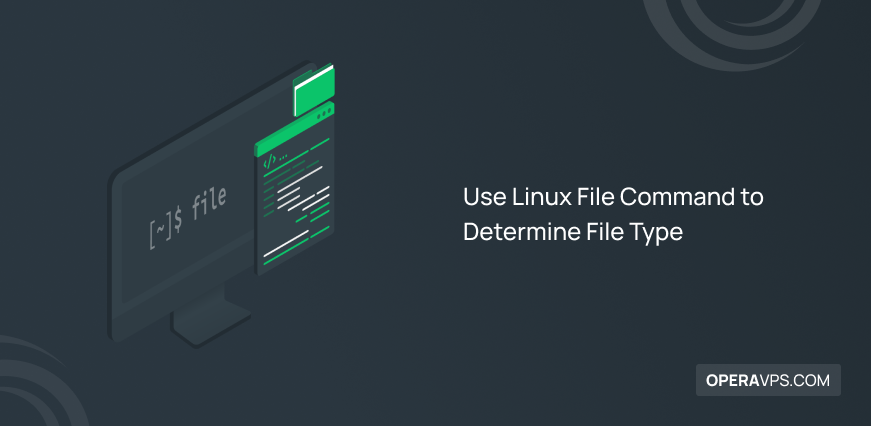
Use Linux File Command to Determine File Type
Managing data and files is one of the tasks of Linux system administrators for their better performance in the direction of their goals. Managing data and files in Linux systems is not as simple as you think. Linux includes various standard files such as Symbolic link, Regular, Directory, Block special, FIFO special, and Character special, […]
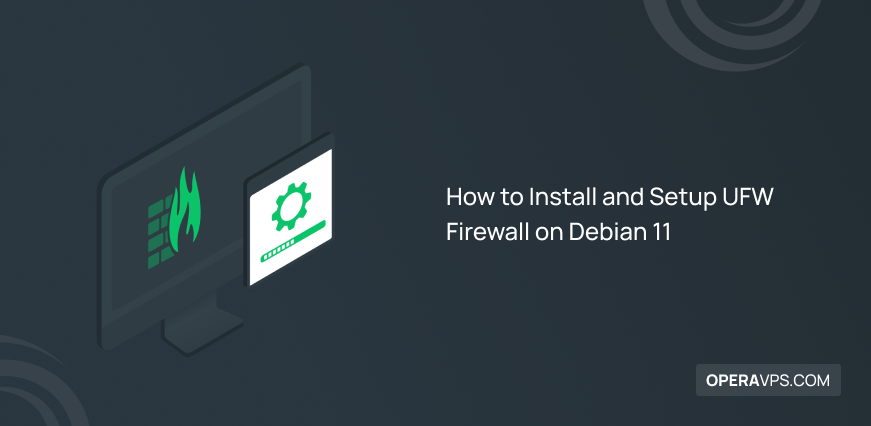
How to Install and Setup UFW Firewall on Debian 11
Linux users commonly use firewalls to improve the security of their Linux system, as you know, firewalls control network connections and incoming and outgoing network traffic. To prevent unsafe and unwanted traffic to the network, users can set rules in the firewall to limit or allow specific traffic. UFW, which stands for “Uncomplicated Firewall”, is […]
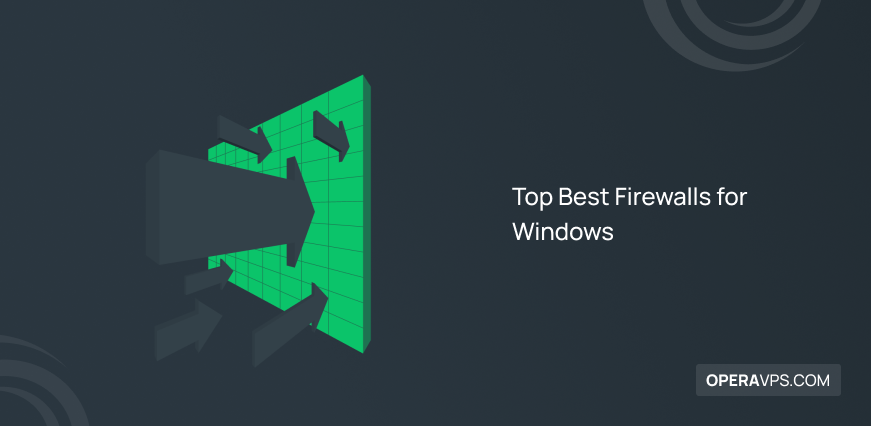
Top 15 Best Firewalls for Windows
The need for firewall software is increasing day by day with the spread and development of the Internet and malware, and firewalls have become an important part of the network security of every system. Firewalls are software that is placed like a wall between the external and internal networks and ensure the security of computers […]
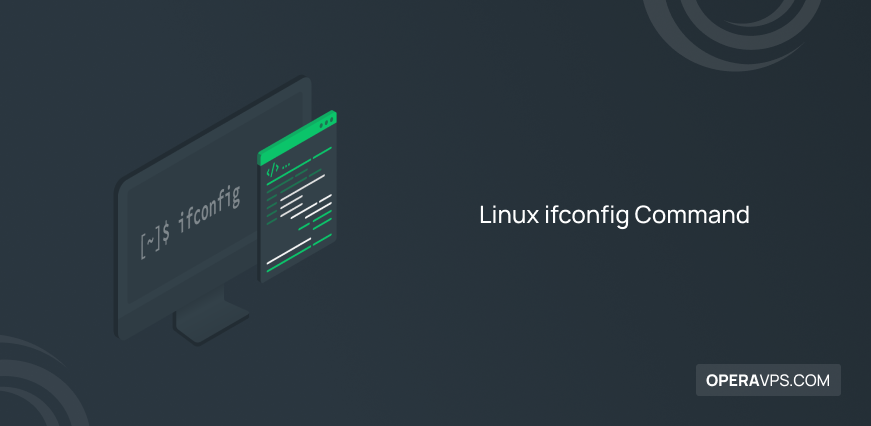
Linux ifconfig Command
interface configuration, abbreviated as ifconfig, is a tool that provides network management in Unix/Linux operating systems. Through ifconfig, you can configure network interface parameters, check the status of active system interfaces, and define queries for network interface parameters. Also, by using the ifconfigh command, you can assign IP addresses to network interfaces, you will be […]
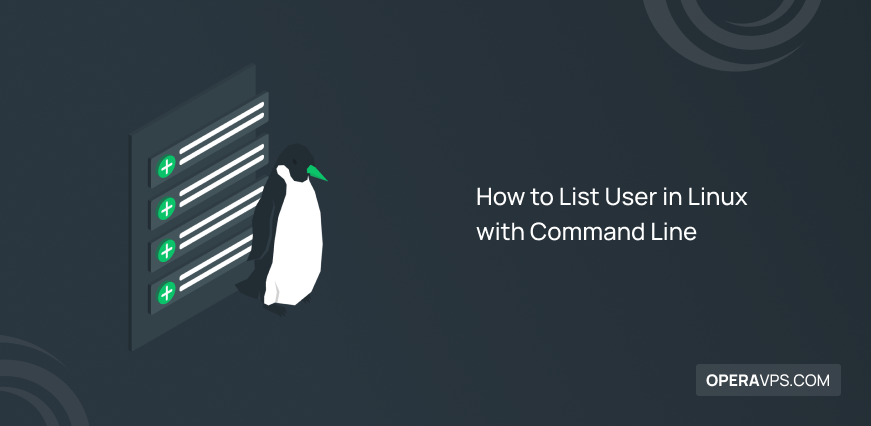
How to List User in Linux with Command Line
Fortunately, with the advancement of technology, several users can connect to a single Linux system and perform their tasks using the information available in that system. This feature has played an important role in the efficiency, and speed of carrying out projects and administrative tasks; but on the other hand, security has been weakened by […]
